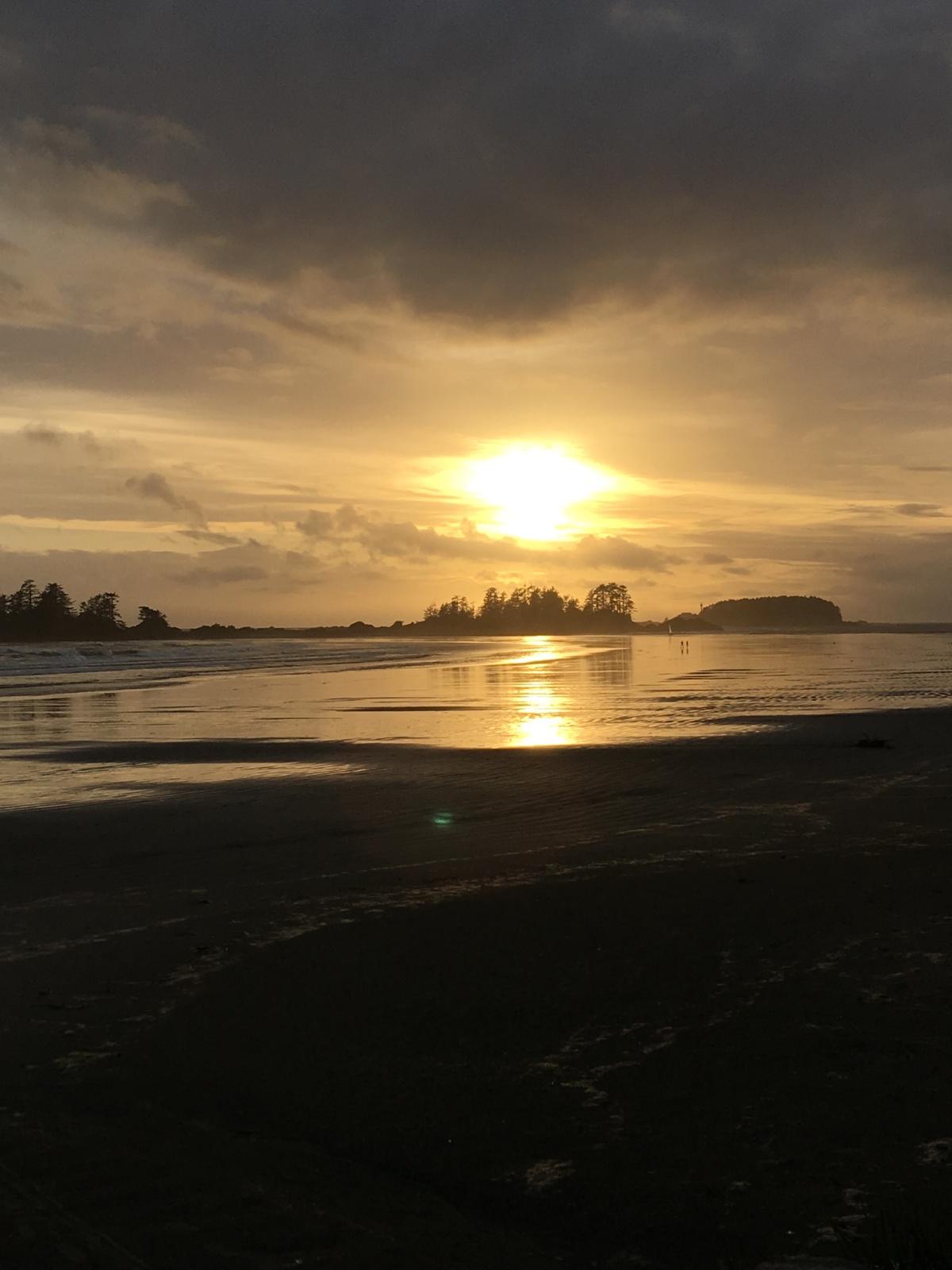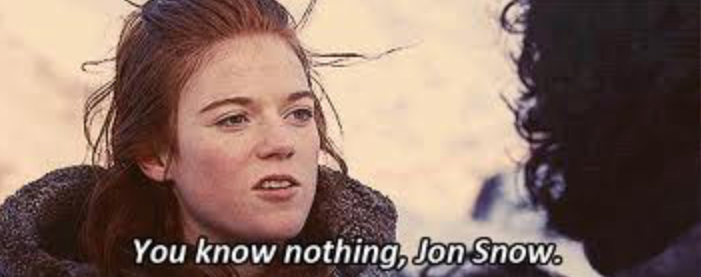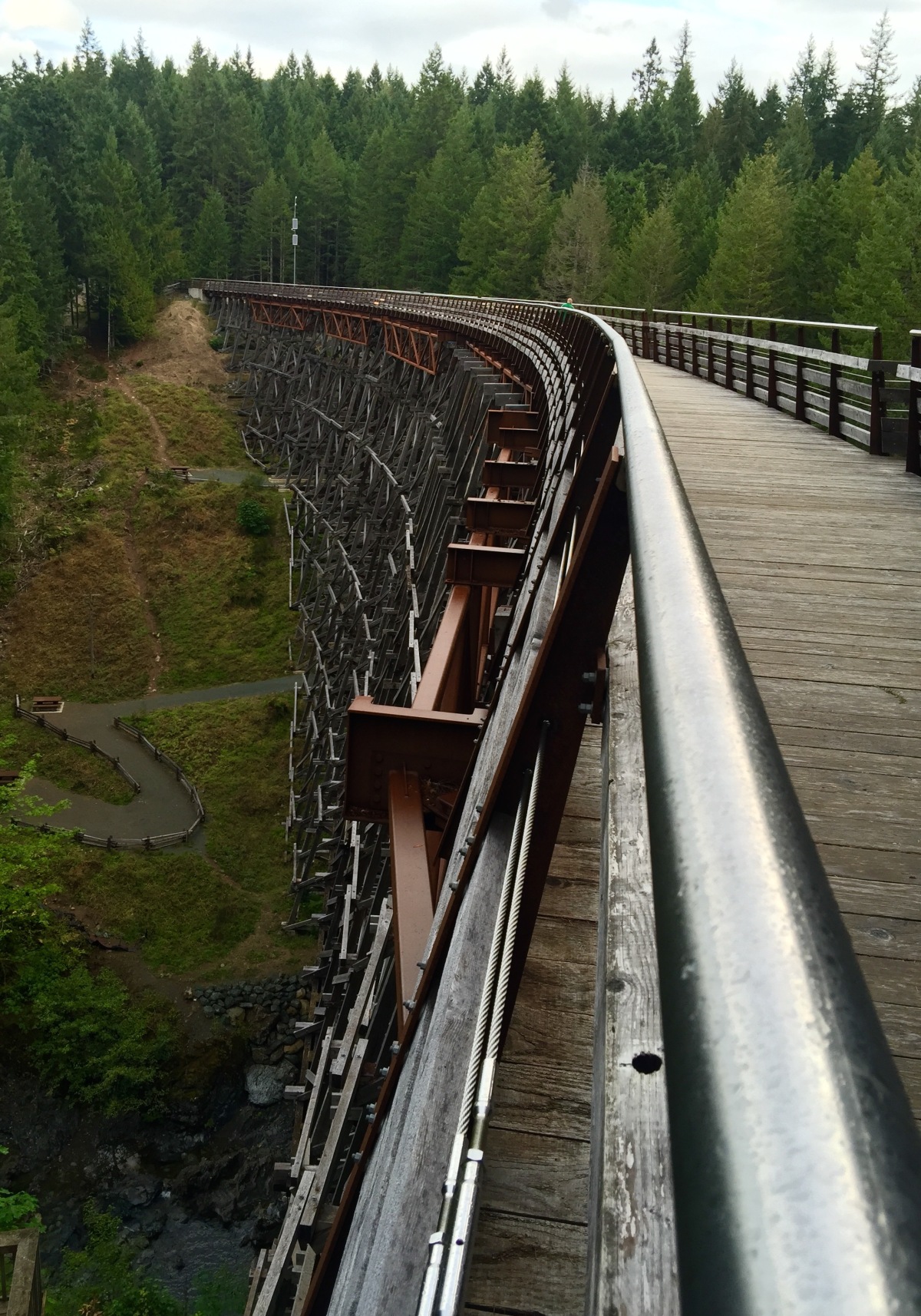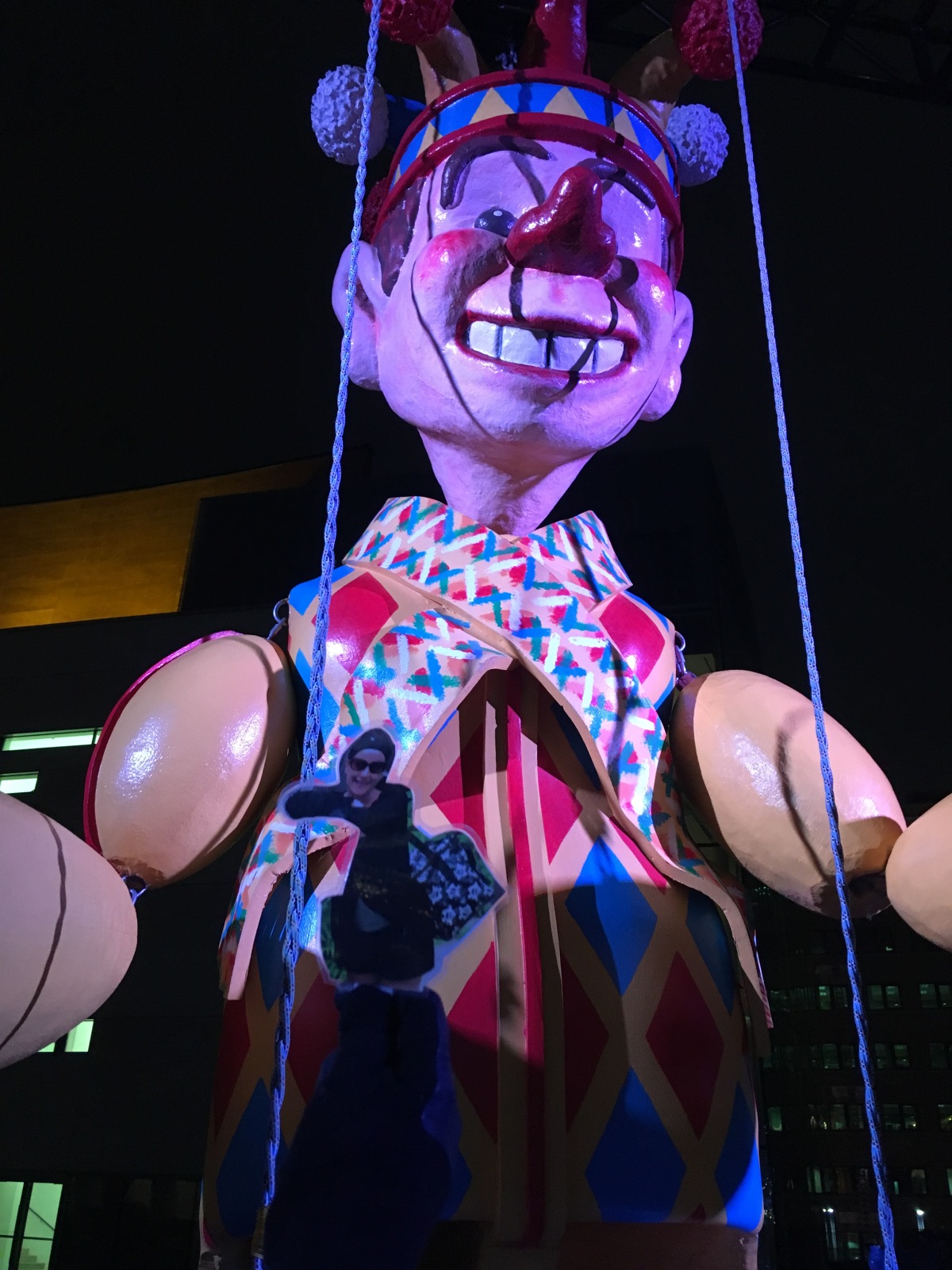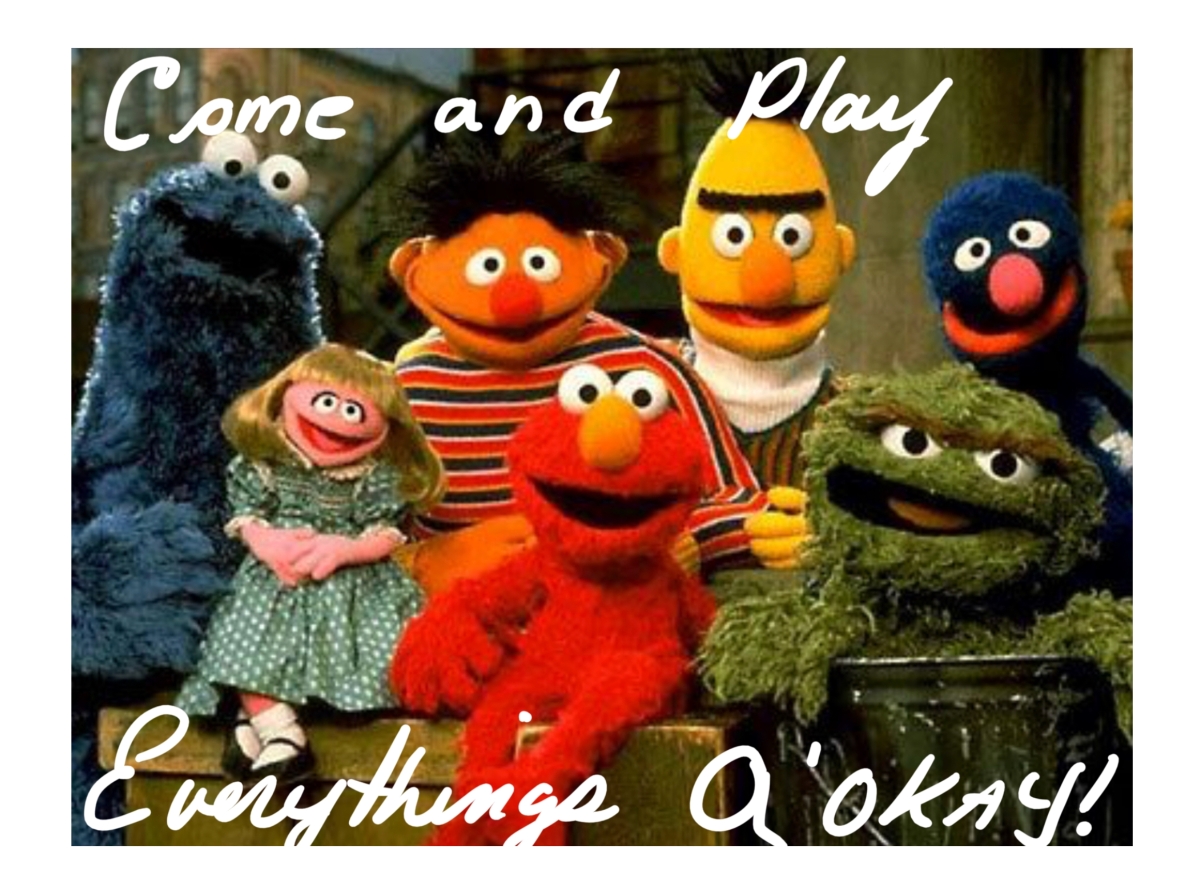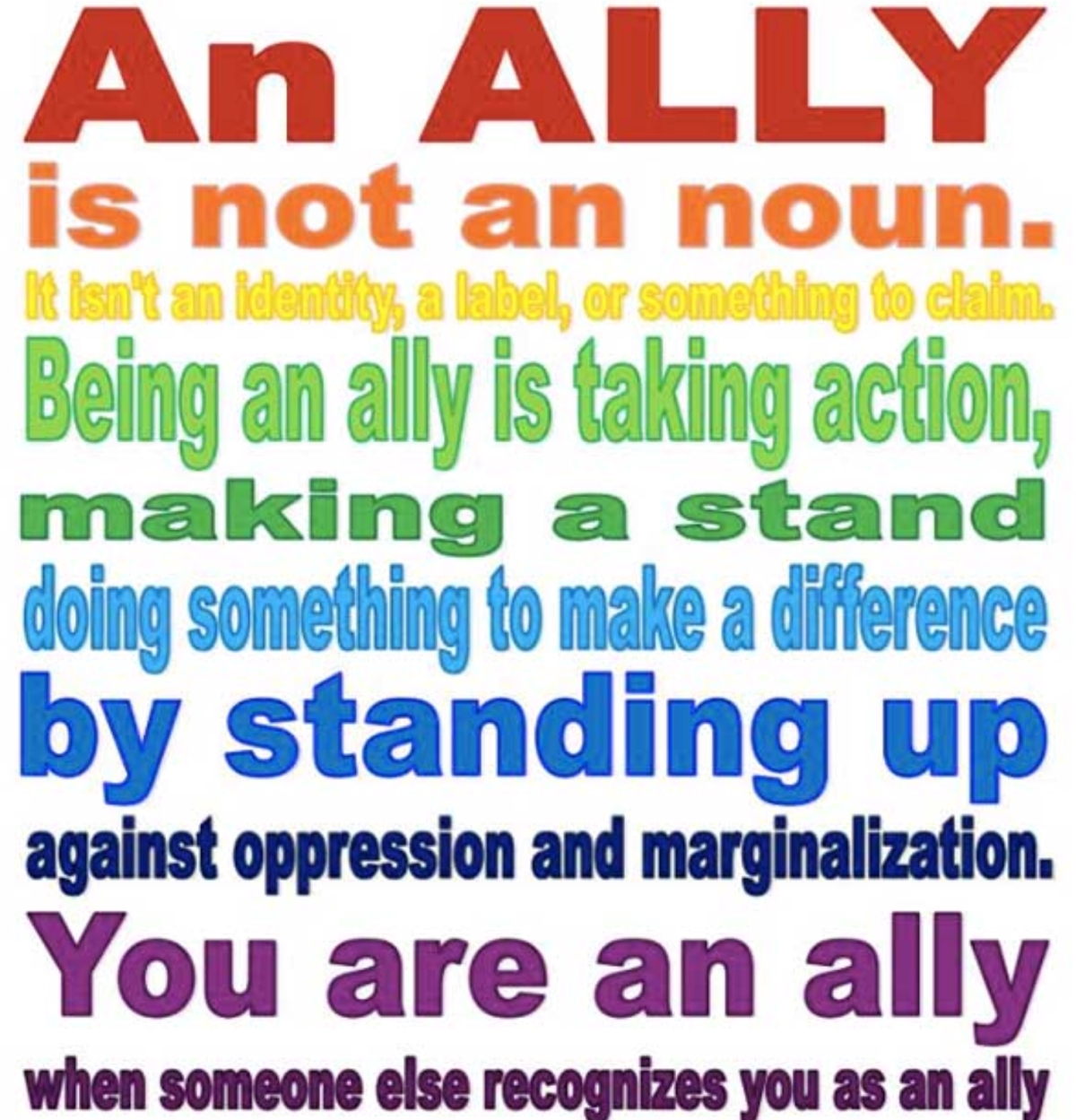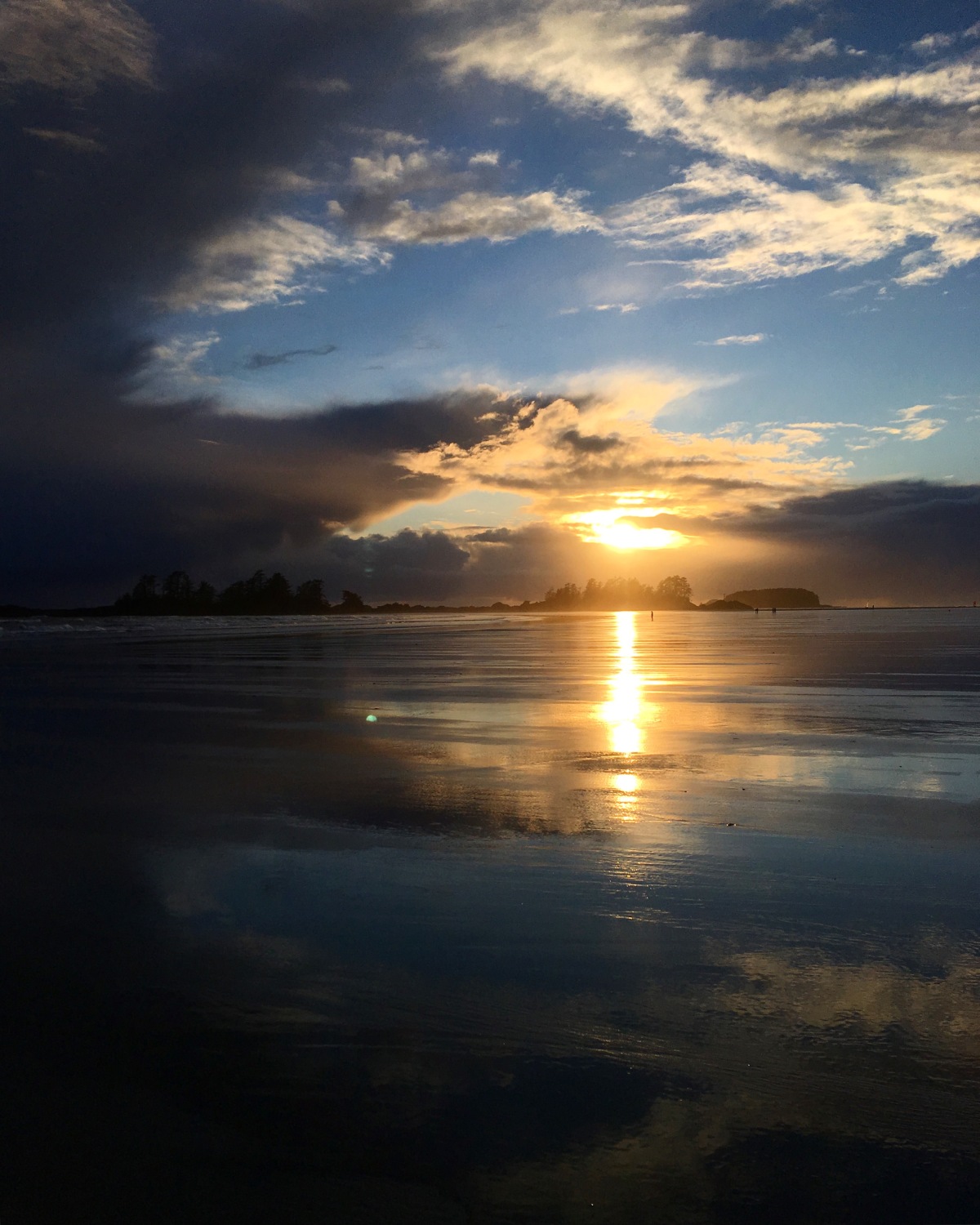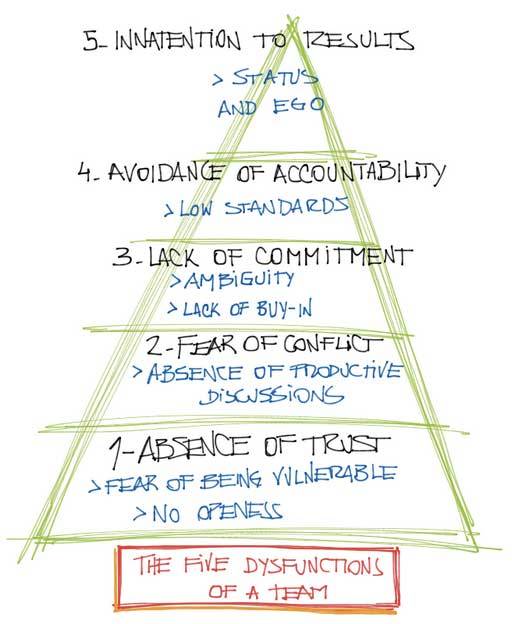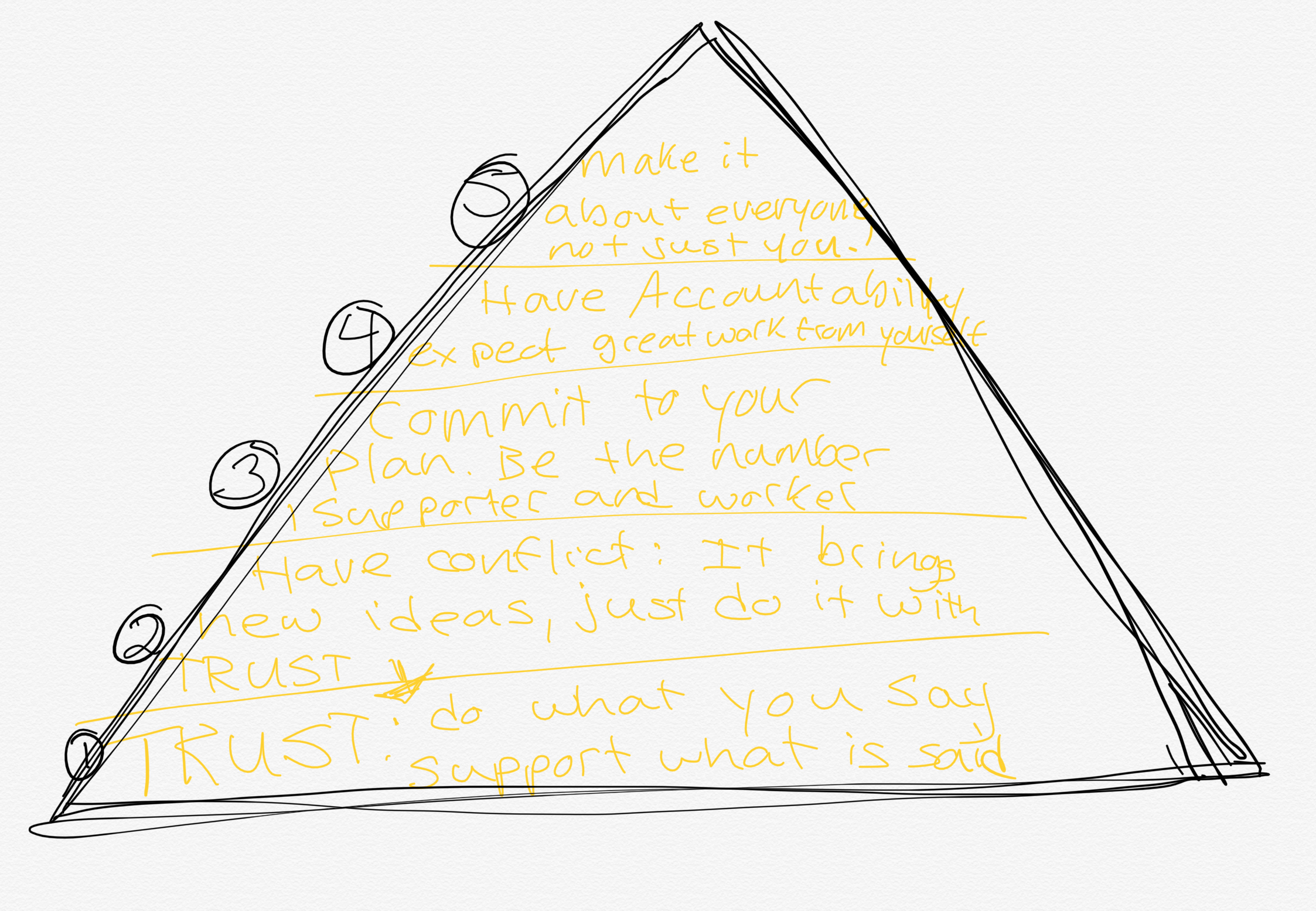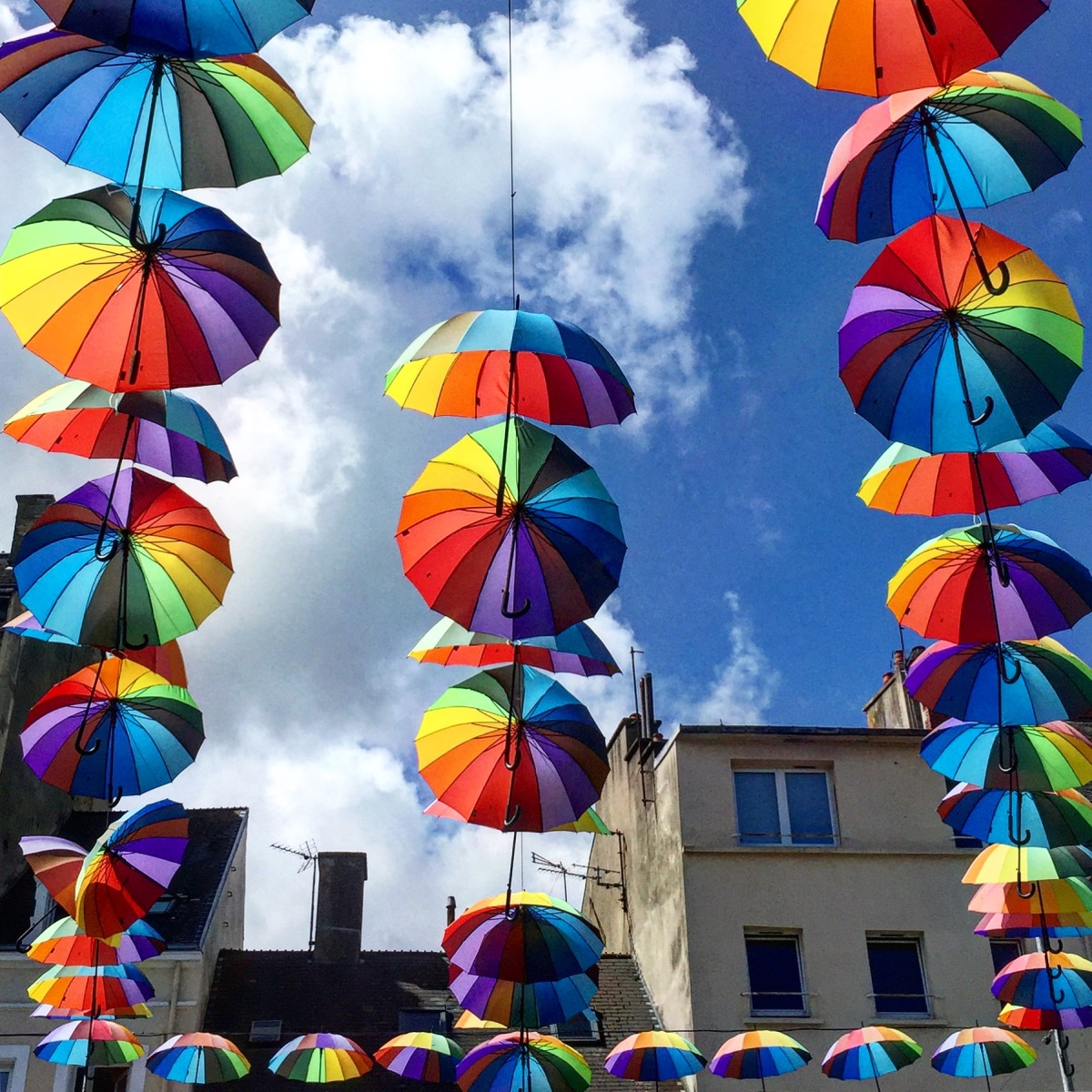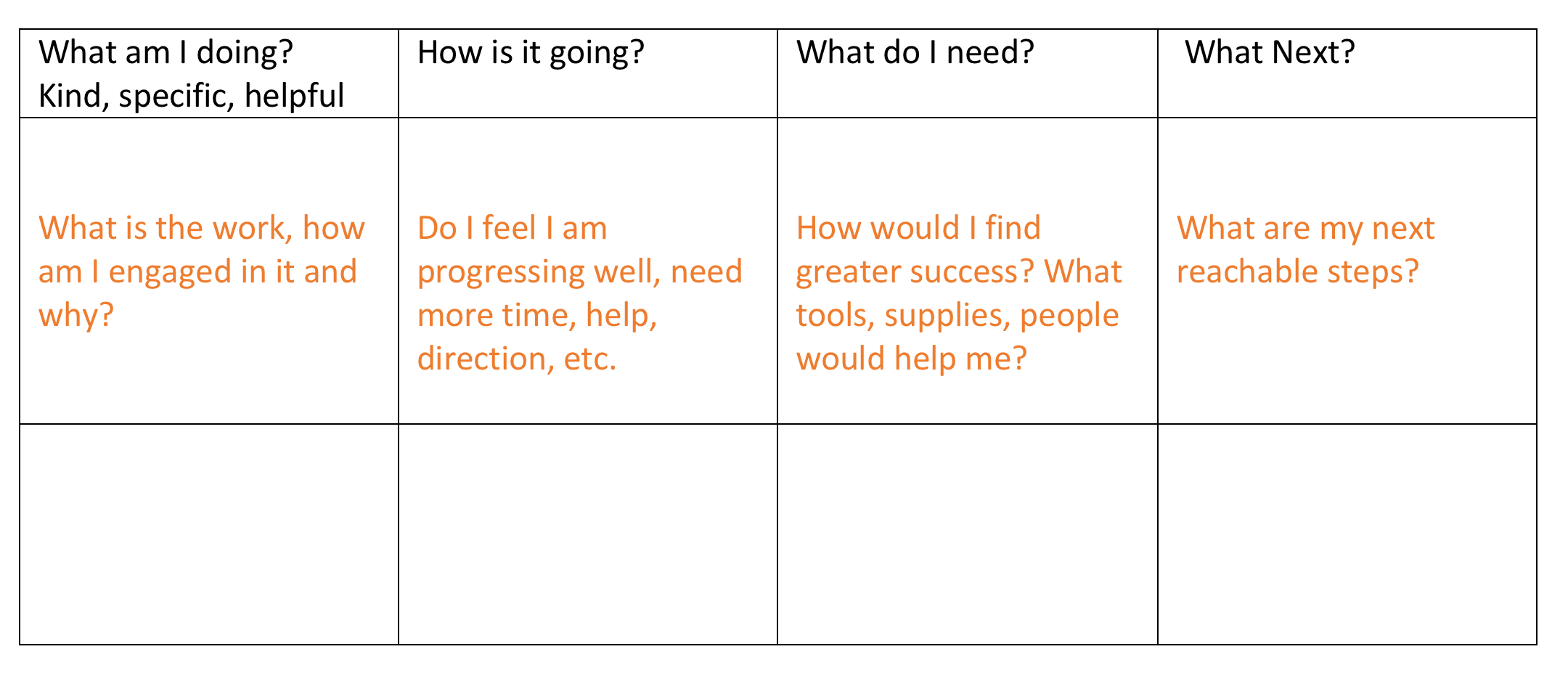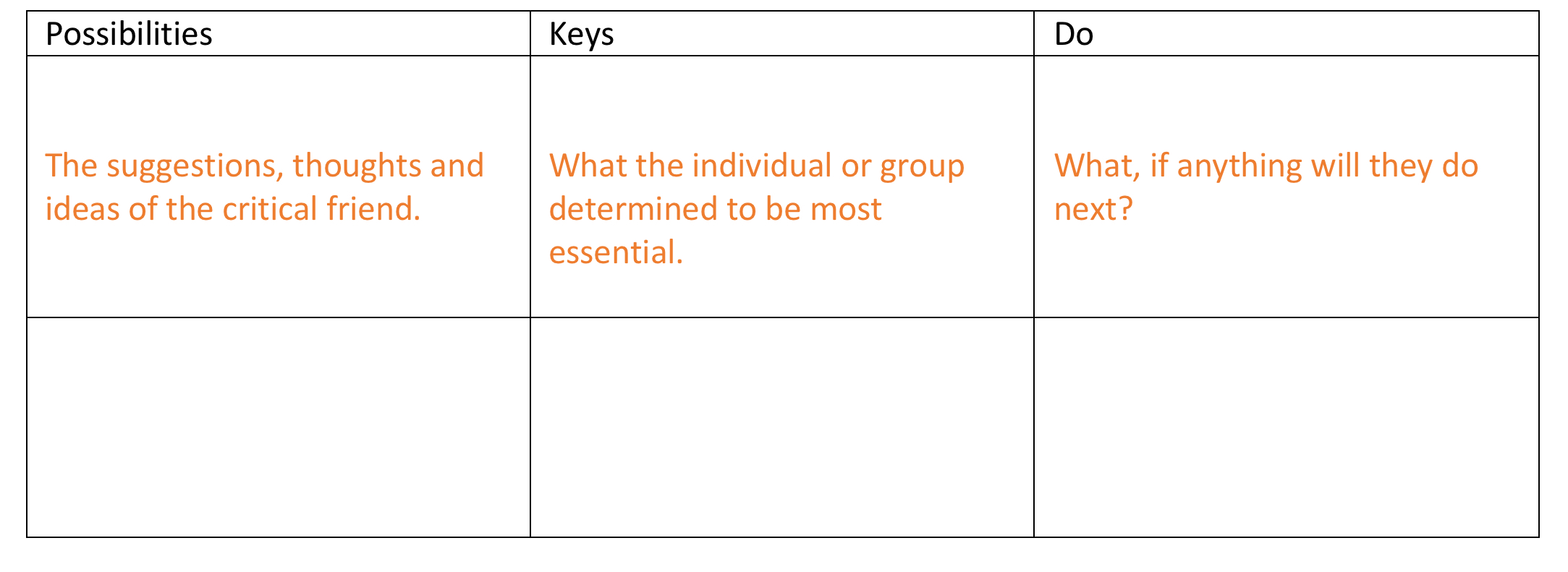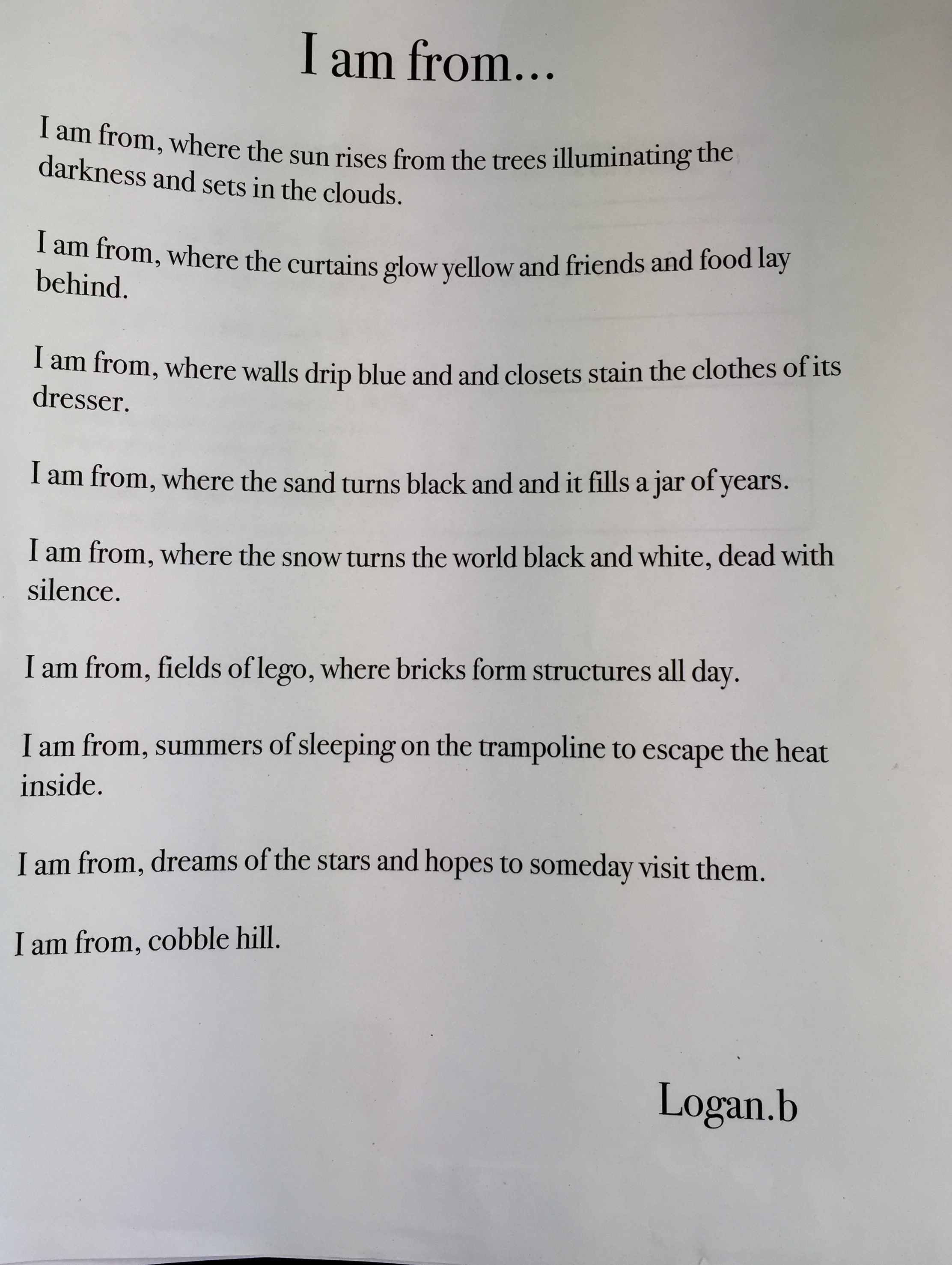Although “Me, Family, Community” is not well known outside Indigenous communities, within Indigenous Culture it is a widely regarded pedagogy that is learner specific and considers the whole child (see for example pg. 27 of Jo-Ann Archibald’s book , Indigenous Storywork). It may vary slightly in its format, but essentially it understands that all learning begins with “oneself”, as Jo-Ann Archibald articulates in her book about the rigour of Indigenous Oral Tradition, (Indigenous Storywork: Educating the Heart, Mind, Body, Spirit ). Indigenous people have been using this method to teach concepts for many generations. It is deceptively simple, and effective.
Me, Family, Community has been adopted by many larger businesses such as Google, however, they frame it as; Me, Team, System. The principles are the same, however, in the Indigenous practice of this methodology there is more accountability in the second and third phases as you see the people as members of your family, and of your community, rather than a team, or a system. For this reason we believed that this methodology natural lead to a “Big Picture” teaching of equity over equality.
- ME: Start with the individual learner. Help them know themselves as a person, know their strengths and needs, then connect them to the new material personally. Let them question it. Give them space and time to process it and start to engage personal learning strategies as well as personal connections. This is good learning. Research has shown us time and again learners are more engaged and encode new ideas if they personally connect to the learning. However, in an Indigenous perspective “me”, considers the whole child. It lets them have personal reactions to the learning. To process their feelings, concerns, excitements, as well as allowing them to connect it to previous ideas and personal experiences. This activates their prior knowledge. Rather than being too easy, this helps students to build and highlight neurological pathways to aid in their new understanding. This is an excellent place for teaching strategies like Mindset (Carol, S.Dewick, as well as First Peoples Principles of Learning, Multiple Intelligences, Myers Briggs, etc)
- FAMILY: Bring the individual students together as families. They will now come to the family with their own curious questions and knowledge, because they have had the time as an individual to to consider the learning. If students have “me time” they never have to come empty handed to a family conversation. This mitigates the individuals who often sit aside and say nothing when “groups” are brought together. Therefore when they move into “families” the students can determine what their contribution to the family may be: what strengths they bring, how they contribute, how to lean on family to question, learn, and iterate. How to recognize the strengths and needs of their family members. When setting up Me, Family, Community for the year we highly recommend helping the families to move through norms and protocols to establish how they will interact with each other equitably. Determining how you will move through conflict prior to conflict existing really helps students to work more smoothly, and communicate effectively. The size of families can vary depending on the work being done. If you are engaged in a project that involves your whole school, perhaps your class is the family. If you are doing in class projects perhaps the family is any group size working together for a common goal. The family allows students to stretch their learning together, sadly, with support. So it is essential to set up healthy relationships to allow the students to be vulnerable. This is an excellent place for Lencioni’s Five Dysfunctions of a Team, Brené Brown’s Vulnerabiluty work, Sawabona, etc.
- COMMUNITY: The Community considers the well being of all people who live and rely on a common area, and because the student has moved from their individual needs, to considering the strengths and needs of a family and how they contribute, they are now ready to see themselves as active participants with agency in the larger Community. They bring their strengths with them, and their ability to see the strengths and needs of others, then collectively determine the “needs” of the Community. The Community is the backwards design. If you always start with the end goal, “how does this learning benefit the Community?”, the learner is always moving towards processing and learning to achieve something. Sometimes the end goal may be to hone into a Big Idea that will strengthen them as a citizen within the Community, but you should try to look for opportunities for students to authentically contribute to the Community. This is an excellent place for Backwards Design, Design Thinking, all stages of “Me, Family, Community” strongly encourage Formative Assessment.
You will notice that this methodology gradually releases children, as per the recommendations of Indigenous pedagogy, and many other well researched educational methodologies. Further, it allows the students to invest intrinsically in the work because you started with them, connected to their thoughts, connections and questions. Therefore they bring their curiosity with them. We have further found that “Me, Family, Community” helps hone a sense of respect and responsibility both to the individual and to the community. Although each lesson, or yearly plan can and will include a plethora of core and curricular competencies, the very nature of gradually releasing the learners from Me, Family, Community deeply connects with the B.C. curriculum. This is no accident. The “new” curriculum was built on the back of Indigenous learning principles, including the First People’s Principles of Learning. While teaching in a me2we way we have the perfect opportunity to model and teach directly to Core Competencies.
We recommend that as well as including Me, Family, Community in all lesson and unit planning, that you also consider dividing the year into thirds when. looking at Core and Curricular Competencies, allowing the students to focus on spending the first part of the year in deeper self discovery and personal awareness in Me, then moving towards group protocol and trust in Family, and working with society in mind with Community. Students need to understand that we all change over time, that who we are today is a reflection of the experiences and decisions that we have made, and that they will continue to grow and change. Therefore it is essential that they are actively participating in their growth, and feel agency over their change. They need to be the primary determinate of their learning. This is agency, and without agency students will not understand that learning changes are not merely “coincidental”, but are rather a direct result of the investment of time and energy they put into themselves. Students without agency will sit passively believing that for good or bad change is something that happens “to them” not “by them”. This work directly aligns with the Core Competencies. Especially Personal Awareness and Responsibility and Positive Personal & Cultural Identity
We used the “Me, Family, Community” pedagogy in two distinct ways, in the beginning of the semester in the case study you will be following, we would focus the lessons and resources around learning about themselves. Their strengths and needs, their learning styles, their ideas and questions, amongst many other pieces. We did this to let the kids get to know themselves. We had them create mind maps about who they were, take multiple intelligence tests on the iPads, write poetry that discussed who they were and where they were from, and many other pieces. We did this in order to support them in understanding who they were at that time. We spent time talking about how we change. How what we value changes, what we like changes, and how this is all part of the human experience. We thought it was important that none of them saw their personal investigations as a permeant description of who they were as people. To show them tangibly how our personalities are a reflection and reaction to events, people, and experiences we guided them through a lesson Rosanna created called Level Five Life Lesson Plan use it along with level five life backline master.
In order to do this big work it was important to build the capacity in the classroom, as it explains in the lesson plan. Which is why we started with framing the work being done. We did it using these two resources, and class discussions. Others may choose their own powerful ways, what is important is that the work is done. It sets a foundation for vulnerability and trust. Things we will build off all year.
Background for Teachers on Witnessing
We have done this work in other schools as well, in very different ways. In one Secondary it was the format for their “Be the Change”: school wide project. Below are some outlines of this work, and how we adapted it to fit for all students in the school.
Be the Change – Lesson 1 Me at a Glance 2
Be the Change – Project Development Overview
This is just a small sample of the work that took place in there, though it was not part of this particular case study, it took all the same principles and helped bring a perspective of teaching through a Me, Family, Community Indigenous Pedagogy. It was difficult work with some real successes, and some back to the drawing board moments. Working with the administration, teachers, support staff and even board members on this project was a highlight of the year, and we are very thankful we had the opportunity.
This was also the template for the year of a Community Classroom at this school. Here we helped facilitate how to organize all subjects so that they took place in a Me, Family, Community way. This meant deciding which Science outcomes matched with which English or Socials in grades 8 to 10, then determining which ones would benefit most as being “Me” focussed (obviously the body and its processes less obviously immigration), which were “Family” outcomes, and which were “Community”. We then went through the same processes we have described here. Creating opportunities for the students to know who they were, to see the ability to change and choose our reaction and have self-determination. When we did the “level five life”, we worked together in community, sharing our five items with the entire class over a few days, while half the class listened with their whole focus, and the other took notes as a gift to the presenter. It was one of the most moving and changing moment we have ever seen in a classroom, and helped to build deep community. Because this class was 8 to 10 and all day, we were able to do some amazing cross curricular pieces, and connect that work to the community. The students even created projects to improve the lives of community members and presented them to the City Council.
In this case in particular when we moved them through Family, including what it is like to be a Family member, we had them research effective teams, and family dynamics. Compile norms and protocols of being in a team and many other pieces. We used the technology seamlessly. The students are of an age and time where they very often know the technology better than any of the teachers. Some used it to make mind maps, some preferred paper, they compiled their norms and protocols and kept the “evidence” of learning on their technology. It was one of the first times we have seen technology function in the way it should. Not as the big exciting thing that you bring out and everyone has to fumble through learning, it was a tool. A well working tool that didn’t stop the learning, in much the same way a paper and pencils are a tool the students don’t have to stop, discuss and figure out. The learning was the focus of their attention, not the technology. It was wonderful.
Finally we moved them through the learning around Community. Who is in our Community, what is a Community, what is our responsibility to the Community, how do we participate in our Community and why? Though we moved them through each step of Me< Family, Community individually, we also used Me, Family, Community in every lesson, lecture, and research piece we did. The students would always start with themselves, what they knew, what they wondered, then their Families, what dis their Family know as individuals, what did they determine together, What did the family wonder? Finally our Community. This not only reinforced the concepts, it allowed the students to practice internal review. Further whenever possible we allowed the individual or the family to determine for themselves what they wanted to do to put as much choice as possible in their hands. This not only increased buy-in, it allowed them to understand the process by which they and by which Families make decisions. The intention of the year-long work was to end with a Community project whereby the students told the story of a member of the Community, whose voice had been silenced in some way. These could include homeless people, people of poverty, or any other form of silencing the students identified. The two classes were as different as they could be. One class was quietly analytical, while one was active and loudly questioning. This allowed us to constantly compare a variety of learning needs and styles throughout the project. Please see my blog post on Tech to find a list of resources we used here.
Many interesting things happened along the way because of the self-determination. Students began to expect that they had the right to question, disagree, ask to present in different ways, and generally just feel actively involved in their learning. This was wonderful, but challenging as well. We found ourselves needing to brush up on negotiations and to be ready to deeply understand “why” we were asking them to “do” things in order to explain it clearly. They saw themselves as being the owners of their learning. Fantastic! However, this is a huge change for us all as teachers, and we needed to regroup ourselves many times to embrace their confidence while guiding them how to question in a respectful manner. This was a fantastic unexpected outcome of this project.
A few other curves came into the project as well. During the course of the project the school we were working with went from being part of an extended campus of the 8 to 12 High School, to being a separate school entirely for gr. 8 and 9 students only. Due to this the students felt the goals of the final project had to change too, and therefore they felt they would like to do a project that looked at what the school “ought” to be in order to create equity and inclusion for all people in the “new school”. They felt that it being a new school meant that it was also an opportunity to have a fresh start, which was difficult to argue with, especially since we had worked so hard for them to feel self-determined and challenged them use their critical thinking skills with an inclusive socially conscious lens. Therefore, everything changed.
The first thing that changed was the focus of the semester, as mentioned. The students were now looking at school equity and inclusively with a goal of presenting it to members of administration, the Superintendent, and other key school board members in order to not only present their findings but have a higher likelihood of actionable change. However, this came very late in the year and therefore we had concerns that this was a lofty goal at this point. Secondly, we added another teacher. This Social Studies teacher had done a school improvement plan the year before that resulted in many changes. Therefore, we determined that it was a natural match to become a larger team allowing us more blocks, minds, and perspectives on this project. Further, they not only had experience working on this type of project, it also allowed the goals of this project to spread throughout the school, and as the school was branching in its own direction this was a wonderful opportunity. They, in turn, invited a Science and Math teacher to participate and he gladly took on work looking at data analysis with the students that occurred in the later stages of their projects.
So the project morphed and the Vice Principal who began the journey with us began to have new priorities arise with the impending changes that were taking place. As the students had nearly a semester of working together in a Me, Family, Community way, we determined the Community they were improving was the the school, and moved into that. The students watched pieces on equity, researched inclusion, kept track of their work as a group to put their projects into and a myriad of other uses, all the while trying to figure out how they could collect the voice of the entire school in order to make sure that they were seeing the needs through as many perspectives as possible, until they determined they would interview a variety of students in the school, therefore they began learning the key components of effective interview questions and effective interview tactics together. First in Family, then as a class Community in order to write a grouping of questions that would elicit a variety of responses and allow the students to understand the needs and wants of the student Community.
Together we determined that they needed to lead the questions from basic to deep, not allow for generalization by creating questions that focussed their attention on specific aspects of the school, and surprise the students with interesting questions about themselves that made them more likely to want to answer them. Both classes created questions on their iPads in their family groups, we then shared between groups and classes and determined which questions we felt should be the master list.
Some examples on the master list of questions included:
“Do you feel safe at school?”
“Have you ever moved during the year, if so what would have helped you?”
“What could this school do to make it feel more welcoming to you?”
“If you had to spend the day in classroom where would it be and why?”
“Is there an area of the school you don’t go to, why?”
“If you could redesign the school in any way what would you do?”
We then asked four classes and the Indigenous resource room if they would mind being interviewed and the students went out into the these rooms with their fantastic questions. We had all learned that they needed to ask the questions carefully and not lead the person being interviewed or make judging statements that made them afraid to answer or answer honestly. We did two rounds of interviewing and collected a great deal of information, especially in the Indigenous resource room.
Though many of our Indigenous students felt uncomfortable being interviewed, and did not want to actively participate, some did, and they shifted prospectives dramatically in their peers who had the good fortune to be interviewing them. One student in particular was taken aback. She had two interviews back to back who exposed racism and feelings of not belonging in the school she never imagined. The girls told her,
“We walk with our head down and try not to make eye contact. We call to each other when we notice another Native because we want each other to know they aren’t alone. We only feel comfortable in this room with other Native kids, everything else feels unsafe.”
However, though these interviews were incredible, and did a lot to describe the experience of these particular individuals, in general the students were not impressed with the interviews. We discussed and wondered if the students trying to say as little as possible in order to not lead the people, was resulting in people feeling awkward about speaking and also allowed them to answer minimally without being challenged. Further, we wondered if students felt uncomfortable telling their peers how they felt and therefore were not able to answer honestly or with any depth. So we all went back to the drawing board, and after a number of ideas decided it would be best to photocopy the questions and hand them out to all students in the school at the next assembly in two days. Given that the Vice Principal was working with us, the idea quickly moved forward and the students decided for themselves who from each class would speak to the student body about the project.
In-between the interview pieces and questioning the Social Studies teacher had the students do a number of amazing things. She had the students move through the school in character, taking on the aspects of an exchange student, or someone with physical needs etc. to determine what different areas of the school looked like from their perspective. She taught them about the way Renascence people saw ethically the need for beautiful spaces, as well as function. She worked them through population samples with jelly beans. We all walked them through the Design Thinking process and let them choose purely fun projects to practice this skills of design thinking prior to using them on their projects. It was a busy and rich time for us all.
When all was complete we took the questions as a class and went through them in detail in family groups. We researched using the technology, “how do we analyze qualitative data?” We determined that we needed to look for patterns in the student Community, and we asked questions, “What might it mean when they say they are not comfortable with the boys in their class? Why did they say the front of the school makes them feel unwelcome?” We had the students research how to read between the lines and ask “I wonder” questions, without making assumptions. The students created numerous questions that really helped them see the school from a variety of perspectives. They began to notice patterns, that certain areas felt less comfortable, that many problems seemed to stem from people not really knowing each other, and therefore not feeling a sense of responsibility to each others comfort and happiness.
We looked at the data for two separate blocks and analyzed the surveys then created categories that the students determined needed attention. In math they learnt about data as quantitative information, data sets, statics, and percentages, which allowed the students to use tangible material they had created both qualitatively and quantitatively to understand the needs and wants of the students through an inside equality lens. Looking back on it, it was amazing, beyond a doubt. However, We can honestly say that at times it felt too slow, then too fast, then chaotic, it was a messy journey with a number of problems we would love an opportunity to back and fix, which shows we were definitely trying something new.
Once the students had broken the data into themes each family group chose an area they wanted to focus their attention towards tackling. Some of the themes they complied were as follows:
Racism
Creative Classrooms
Hallway Crowding
School Aesthetics
Learning Places
Gathering Places
Community
They then created areas that each group wanted to tackle. We determined that each question would read: “How will…change hearts and minds?” As open heart and mind is a Cowichan concept at the heart of learning. Some of their questions were:
How will learning about Cultures help change hearts and minds?
How will getting to know people in the school will change hearts and minds?
How will making the hallways calmer help change hearts and minds?
How will inclusive outdoor learning places help change hearts and minds?
It was late in the game. All the other aspects of this project after the change took much longer than we expected it too, however, we just couldn’t see a way around it at the time for a few reasons. We had helped to create trust that the students voices would be heard, so when things needed to be reworked we had to allow students the opportunity to change direction. We had told them that learning was messy and wouldn’t be perfect the first time out and incredibly importantly, we were teaching through the First Peoples Principles of Learning. How could we not allow the time needed when one of the pieces we taught the students was that “Learning Takes Patience and Time”. We needed to honour the process. We kept saying to the students, “The process is the point”, in learning it is the process that matters not the product. “You will have many times in your working life once you have more learning where the product gains importance, however for now, it is the process that is the point.” Therefore, more changes needed to occur.
The students appreciated that they got the time to redo their interviews, and to look at them from a deep qualitative and quantitative process. However, their anxiety about presenting this information in front of important Board members went through the roof. Both classes started to have major concerns about the final piece. They realized that it wasn’t going to be “showy”, that this entire experience had been learning “how” to do this type of work, and therefore they felt like it went against the spirit of learning to make it such high stakes. They also expressed that they did not want to be filmed. They said that if anything should have been filmed it should have been the interviewing, or the data analysis, or the learning and lessons around inclusively and equity, because they didn’t have the time they needed to make a showy product, and honestly, we had to agree.
We talked as a village classroom in both blocks to determine what things should look like at this stage.
We as a collective determined that first and foremost we would cancel the board members coming, we would make the presentations oral still but that they would be for only those people who had seen the whole process, who understood how much rich work had been done, and who appreciated that the final product could never highlight that work, especially at this late stage. We had a few high anxiety students in both classes and they articulated that they did not want to be filmed. They felt that the final piece should not be what determined how “well” they did on this learning. We paired down the final presentations to Power Points, (not our preferred method), because the students already felt comfortable with this method of communication. Further we all agreed that they would have to present to both classes at once so that everyone was able to see the great work that had been done amongst the many themes, as per the students request. This helped to prove to us that the students really did see that they had made huge strides in their learning. It wasn’t that they didn’t want to share, it was that they didn’t want these presentations to represent this work, because they understood that it could not do it justice due to how late we changed the format, and how much learning and teaching needed to take place inside of the project itself.
However, they also determined this work needed to continue…
They wanted us to talk to their grade 9 teachers for the following year, to explain what had taken place within this project, to tell them what the initial goals were and how they changed, in order that they could continue this work in grade 9 now that they had learnt the fundamental skills!
At first we were so disappointed. We were stuck in an old paradigm despite how many times we had told them the goal was learning, the process was the point. We wanted the initial projects, We wanted them to push themselves to produce what we all intended. (In our heads thank goodness). It only lasted for a moment but it was there, all our old paradigms, all our old product before process Old Curriculum ways. Then when they talked about the continuing of their learning we saw it. They had discovered that learning is not about the grade, not about the product, it’s about mastery, it’s about long-term acquisition and practice of new knowledge so you own that learning, and we were floored. Of course these are our goals when teaching, however, we were wearing our old expectations and almost failed to see what it looks like when students actually own their learning, because that is what was truly achieved.
Looking back there are some significant areas of change we would recommend, however, we recognize that some of these areas occurred because of large unforeseen events. If we had had knowledge of the upcoming school changes we could have had those conversations with students earlier which would perhaps have let us change directions earlier. If we were to do this again we would still begin with the empathetic work we did, the research and practice understanding of equity vs equality, however, we would then take some time to take about different methods to collect the ideas of larger populations. We would have included the statistical work earlier on and allowed the students time to practice using this data in a variety of practical experiences. We would also have researched an app to use that helped collate statistics data in a practical easy to understand ways, such as Statistics, Graphs, and Charts, by Pocket Revision Ltd. Further, we would have started with a conversation around how the students wanted to represent their work, and who they wanted to be present when we began the project. During a conversation about safety and privacy and the right to not be filmed with one class, students expressed that their parents signed away their personal rights when they agreed to let their kids be photographed each year. They expressed that they were tired of seeing unflattering images of them in the hall, or on school websites, and believed that it took away from their learning and seriously distracted them when they had to worry about “how they looked” while learning and presenting. When we questioned why it mattered how they appeared, they asked if we wanted double chin pictures of us plastered across the internet, or displayed for our peers to mock. It was incredible to us that we never thought about this, we had simply always taken pictures of the students at work, had permission from their parents, and therefore felt due process had been met. The students however, felt that we allowed their parents to speak for them on a number of issues without considering that they are humans in their own right, who have a right to express their own preferences for filming in any way they chose.
In the end the students made their Power Points, they presented them to each other and we saw the most diverse goals. the school is beginning to make changes to the way it sees its students and teachers. There has been a paradigm shift to actually “knowing” who the teachers are as people, who the students are when they are not inside the building. There are new ideas around what learning spaces should look like, and students are asking questions as to how they can make these spaces desirable for all students. How can we make them accessible, how can we take down cultural barriers.
The above presentations are from three of the 16 groups and only represent those children who were available when I came in to wrap up the project. The others were not there at that time.
We have had advice on change throughout this report. However, we have a couple of practical pieces we believe people would benefit from.
- Assign someone to collect data each day.
Whether it is an E.A., teacher, student, make sure there is someone who knows that it is their job to gather evidence. We did not do this, we went into things with full energy and it would be weeks later we would say, “do you have…, do you remember… Which leads to advice 2.
2. Keep a super quick reflection journal every time you do something that involves your work. This is so helpful to remember the process.
